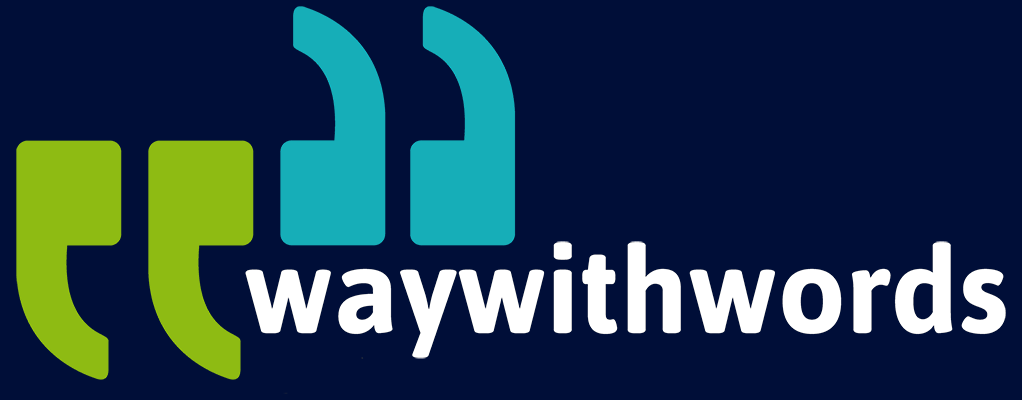Can Open-Source Tools Reliably Collect Quality Audio?
Advantages and Limitations of Open-Source Audio Tools
The collection of speech data has become central to the development of voice-driven technologies. From training automatic speech recognition (
ASR) systems to building multilingual language models, the need for large, high-quality audio datasets is growing rapidly. Many organisations, especially those working with limited budgets or in under-resourced languages, turn to open-source tools as a potential solution, and even crowdsourcing. But can these tools reliably deliver the quality needed for research, commercial use, and AI development?
This article explores the strengths and weaknesses of open-source audio tools, evaluates their performance across different requirements, and considers when they might be preferable to commercial alternatives.
Overview of Open-Source Tools for Speech Data
Open-source software has transformed many fields, and speech data collection is no exception. Several widely used tools have emerged as reliable options for individuals, NGOs, and research projects needing accessible solutions.
Audacity
Perhaps the most well-known, Audacity is a free, cross-platform audio recording and editing program. Its interface allows users to record live audio, edit multi-track sessions, apply filters, and export in various formats. For speech researchers, Audacity provides a solid foundation for capturing clean recordings and making basic adjustments without specialised equipment.
Mozilla Common Voice
Common Voice is more than a tool; it is a community-driven platform for collecting open datasets of voices in multiple languages. Contributors record prompts directly in their browsers, making it simple for projects to gather thousands of hours of diverse speech. While it lacks some of the customisation features of standalone apps, its strength lies in scalability and collaboration.
Coqui STT and Coqui TTS
Born from Mozilla’s earlier projects, Coqui provides tools for both speech-to-text and text-to-speech. Its data collection modules allow researchers to tailor pipelines for specific languages. Because it is designed for AI research, Coqui aligns closely with the needs of developers working on open datasets or experimental models.
Praat
Praat is a staple in phonetics research. While less user-friendly than Audacity, it offers deep analytical features for studying speech sounds, pitch, and spectrograms. For researchers who need fine-grained control over linguistic features, Praat remains a trusted resource.
Other Community Tools
In addition to these main players, many smaller projects provide niche solutions, such as lightweight mobile apps for field recordings or Python-based frameworks for integrating data collection into machine learning pipelines.
Taken together, these tools demonstrate the power of open-source collaboration. However, usability and technical performance vary greatly, requiring careful evaluation before deploying them in large-scale projects.
Audio Quality Considerations
Collecting speech data is not only about recording sound; it is about capturing it at the right quality for later use in training or analysis. Here are the main factors to consider and how open-source tools compare:
Bit Rate
The bit rate of a recording affects its clarity. Most open-source tools allow users to configure bit rates, with Audacity supporting professional-level settings (e.g., 44.1 kHz, 16-bit). However, without training, users may leave recordings at default lower settings, potentially limiting data quality.
File Format
WAV remains the preferred format for speech data collection because it is lossless. Audacity and Praat both support WAV exports, while Common Voice stores recordings in formats compatible with machine learning pipelines. Some tools, however, default to compressed formats like MP3, which can degrade audio.
Noise Filters
Open-source tools often include basic noise reduction filters, but their effectiveness depends on user skill. Audacity, for example, offers noise profiling and reduction, yet overuse can distort speech. In contrast, commercial tools sometimes integrate advanced machine-learning-based filters that automatically adapt to environments.
Channel Consistency
Consistency between mono and stereo recordings is critical for dataset alignment. Most open-source tools permit manual selection, but inconsistencies often creep in when contributors use different devices. This highlights the need for clear collection protocols.
In sum, open-source tools are technically capable of producing high-quality recordings. The challenge lies not in the software itself but in user training, environmental control, and ensuring consistency across diverse contributors.
Customisation and Flexibility
One of the greatest strengths of open-source software is its adaptability. Unlike commercial products locked behind proprietary systems, open tools can often be modified to meet the unique demands of a project.
Prompt Customisation
In projects requiring scripted speech, prompts must be presented to speakers. Open frameworks like Common Voice allow researchers to upload their own prompts, while Coqui provides APIs for integration into broader pipelines. This enables researchers to target specific vocabulary, domains, or phonetic contexts.
File Naming and Metadata
For speech corpora to be useful, recordings must be properly organised. Open-source software such as Praat and Python-based collectors allow researchers to build customised naming conventions, link audio files to metadata (speaker age, gender, accent), and integrate with spreadsheets or databases.
User Interface Adjustments
While open tools may not always offer sleek interfaces, their code can often be adapted. Developers can design lightweight front ends for contributors, making it easier for non-technical speakers to record their samples.
Integration into Pipelines
Open-source software is especially powerful when integrated into automated pipelines. Recordings can flow directly into transcription engines, quality-control modules, or annotation platforms. This is particularly important for scaling projects in low-resource languages.
Customisation ensures that open-source tools remain flexible enough to handle specialised research needs, especially where commercial tools may not provide options for small or unique datasets.

Limitations and Workarounds
Despite their advantages, open-source audio tools come with limitations that must be acknowledged.
Missing Features
Some free voice recording apps lack advanced features like automatic silence trimming, cloud syncing, or built-in quality control. Projects requiring these functions must either develop them in-house or combine tools to fill gaps.
User Experience (UX) Issues
Audacity, while powerful, can overwhelm non-technical users with its complex interface. Common Voice simplifies the process but sacrifices customisability. Poor UX can discourage volunteers or slow down research workflows.
Data Security Gaps
Security is another concern. Unlike enterprise-grade platforms, open tools may not encrypt files by default or comply with regulations such as GDPR. Researchers working with sensitive speech data must implement external measures such as encrypted storage or secure transfer protocols.
Workarounds
- Provide clear guidelines and training for contributors.
- Combine multiple tools to address shortcomings (e.g., recording in Audacity, analysing in Praat).
- Use third-party plugins or scripts to add missing features.
- Invest in secure hosting and transfer systems to safeguard datasets.
Open-source tools are best viewed as modular building blocks. With planning and careful implementation, their limitations can often be managed or mitigated.
When to Choose Open Source Over Commercial Tools
Deciding between open-source and commercial solutions depends largely on the project’s scope, budget, and goals.
Advantages of Open Source
- Cost Savings: Ideal for NGOs, grassroots initiatives, or academic research without major funding.
- Flexibility: Customisable for unusual languages, domains, or research needs.
- Community Support: Contributions from global users often lead to rapid innovation and updates.
Advantages of Commercial Tools
- Reliability: Commercial vendors often guarantee support, bug fixes, and feature upgrades.
- Security: Data protection measures are usually built-in, reducing compliance risks.
- Ease of Use: Intuitive interfaces and technical support save time for large-scale deployments.
Use Cases for Open Source
- Collecting audio in low-resource languages where commercial support is lacking.
- Academic projects exploring experimental methods without heavy funding.
- NGOs building open datasets to encourage inclusive AI development.
Use Cases for Commercial Tools
- Industry projects requiring strict data security and compliance.
- Large-scale corporate deployments where time and efficiency outweigh cost savings.
- Scenarios where non-technical contributors need a simple, polished user experience.
In short, open-source audio tools can reliably collect quality speech data — but only when their strengths are aligned with project needs, and their weaknesses are proactively managed.
Final Thoughts on Open-Source Tools
Open-source audio tools offer an essential pathway for researchers, NGOs, and start-ups working with limited resources. While they may not always match the polish or built-in features of commercial platforms, their flexibility, cost-effectiveness, and community-driven nature make them powerful allies in the global push for diverse and inclusive speech datasets.
The key to success lies in understanding both the technical capabilities and the practical limitations of these tools. With proper planning, training, and integration, open-source software can reliably deliver the quality required for meaningful speech data collection.
Resources and Links
Open-Source Software: Wikipedia – This resource explains the principles of open-source software, including its collaborative nature, licensing models, and applications across industries such as research, education, and technology. It provides a strong foundation for understanding why open tools remain central to innovation in speech data collection.
Way With Words: Speech Collection – Way With Words offers specialised solutions for collecting high-quality speech data tailored to AI and machine learning needs. Their speech collection services focus on accuracy, diversity, and compliance, supporting projects in research, business, and technology. With expertise in managing multilingual and large-scale datasets, they help organisations ensure that their audio collections are both reliable and fit for real-world applications.
